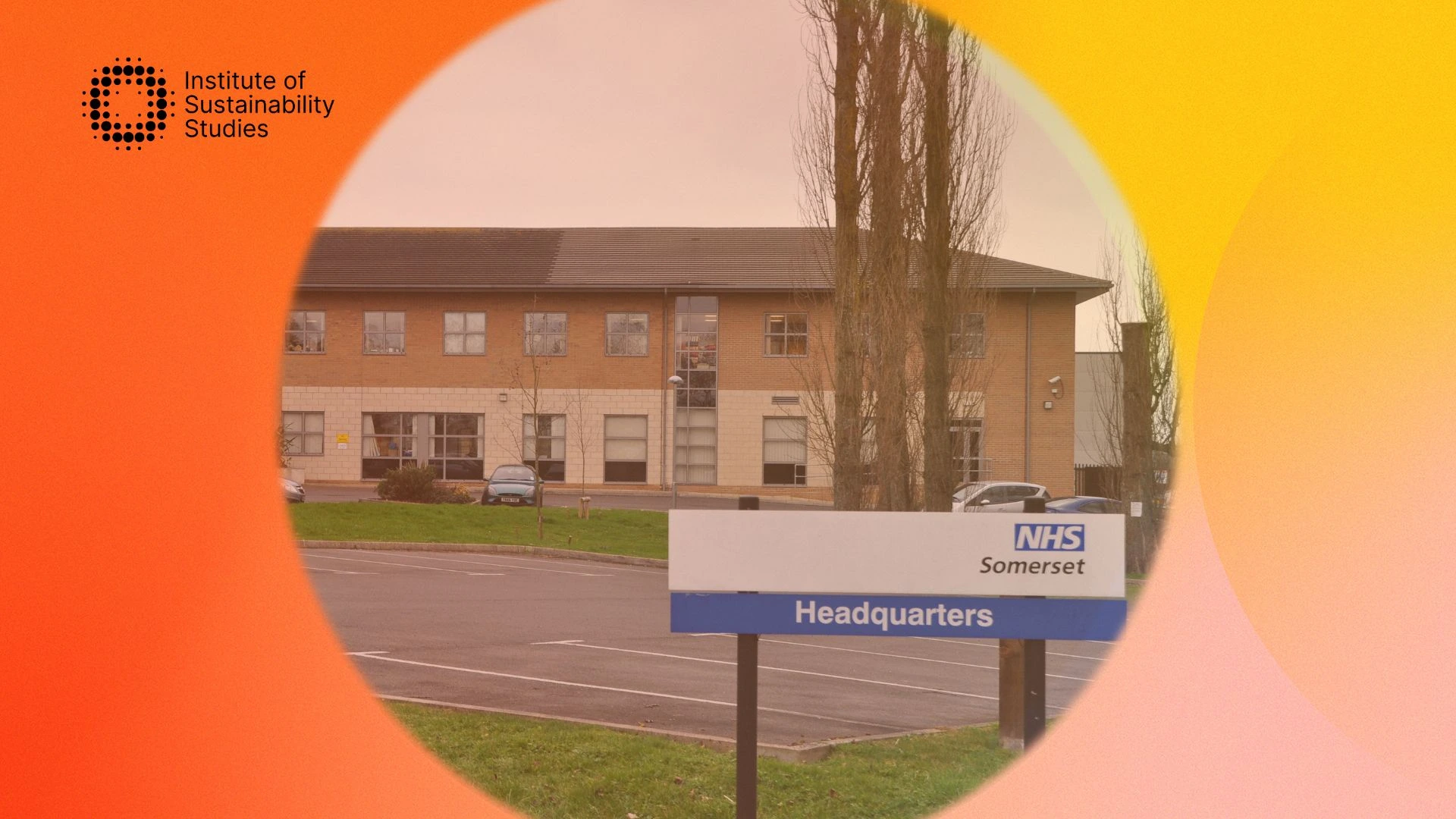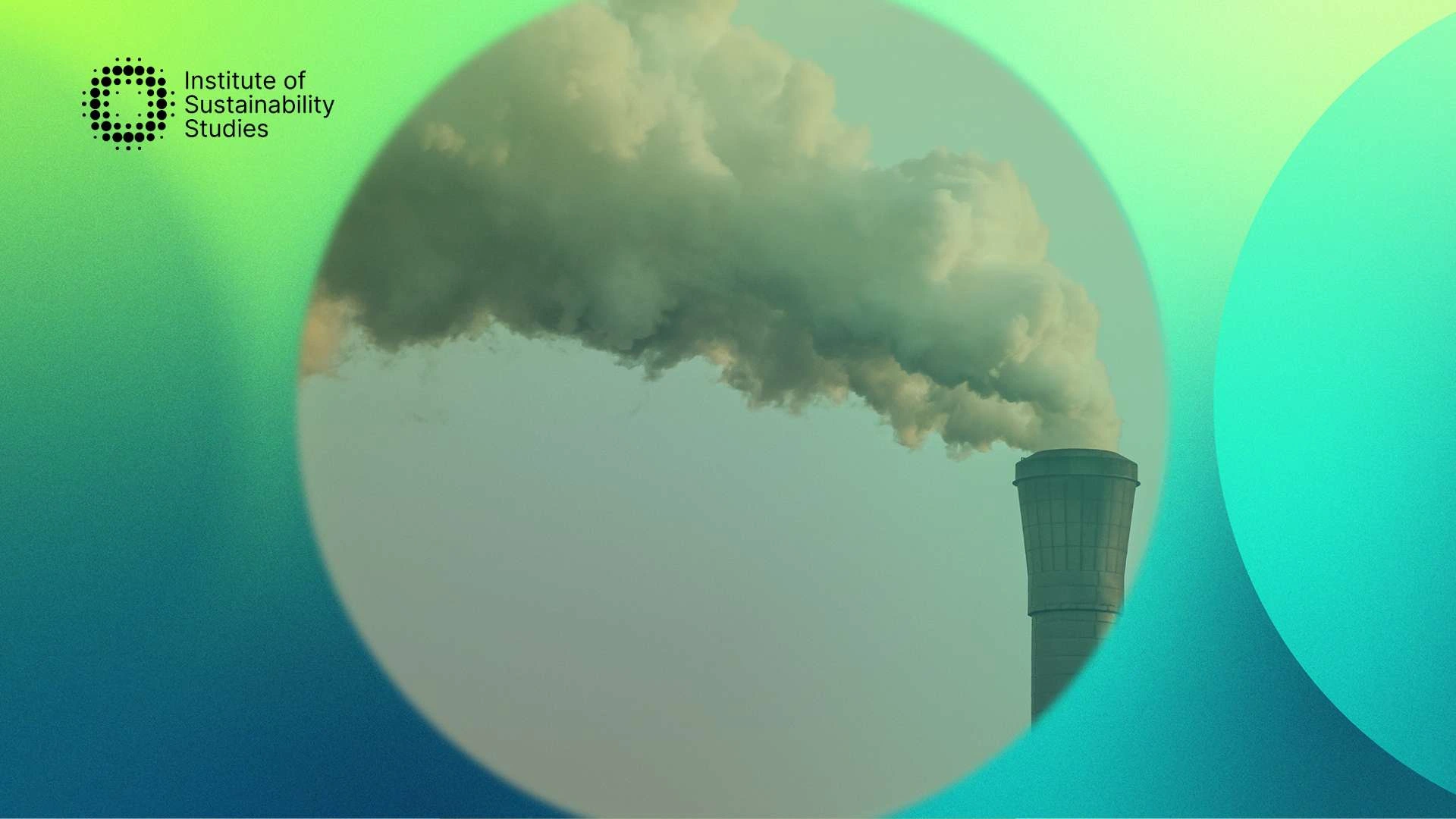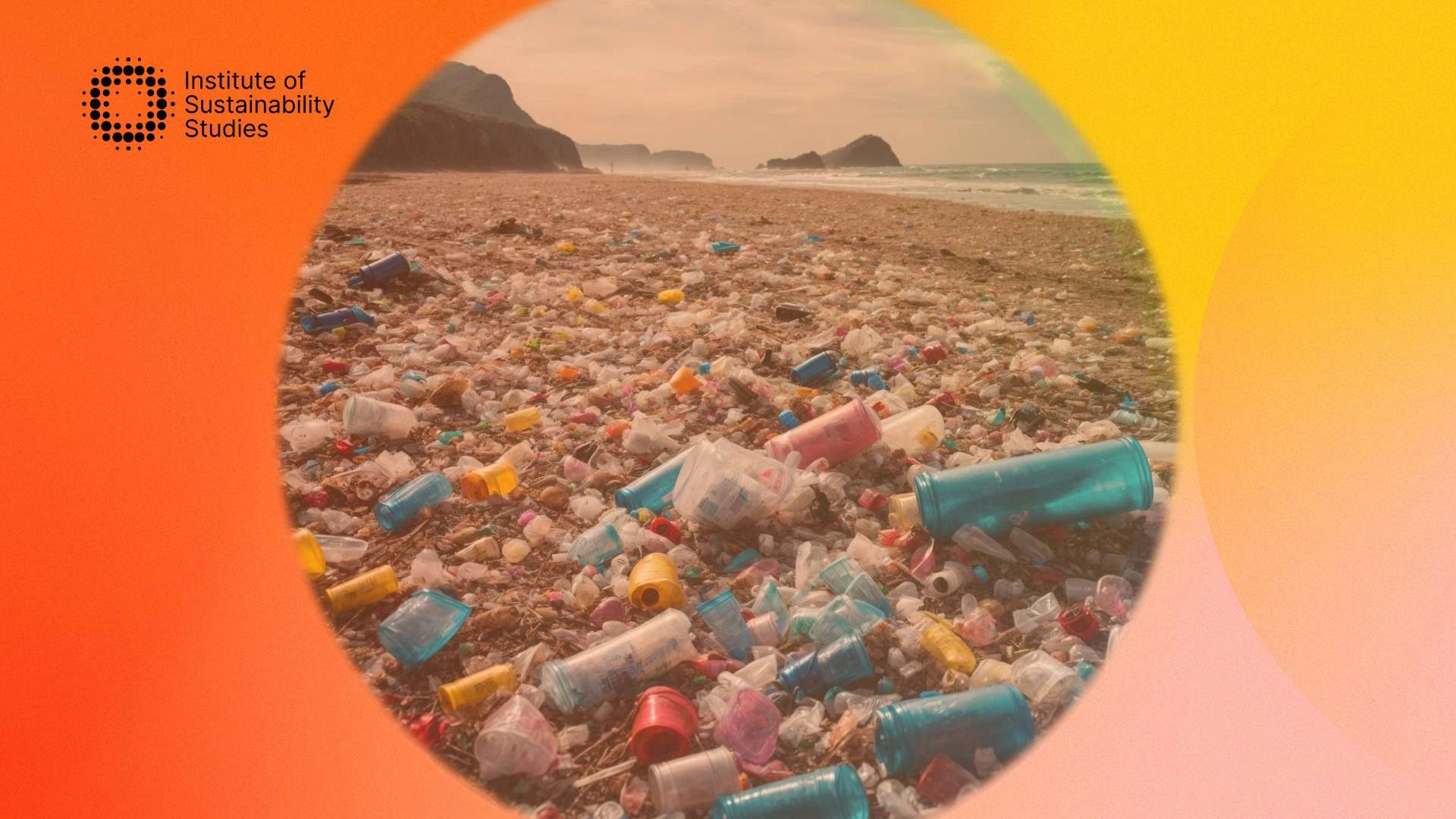The UN Pact for the Future, adopted during the 2024 United Nations Summit of the Future, emerged in response to the growing global challenges that transcend national borders. It was created to enhance multilateral cooperation and ensure that global institutions are equipped to handle the complexities of today’s world.
With an ambitious agenda, the Pact is positioned as a visionary sustainability management framework for securing just global order for future generations. Continue reading to learn more about the Pact for the Future as we unpack the challenges and criticisms it faces.
What is the UN Pact for the Future?
The UN Pact for the Future is an agreement adopted by world leaders during the United Nations Summit of the Future in 2024. It is designed to address a wide array of global challenges, including sustainable development, climate change, peace and security, and digital governance.
Notable aspects of the Pact include commitments to reform international financial systems to serve developing countries better, initiatives to fight climate change, and a strong focus on digital cooperation, including the first-ever global framework for AI governance. The Pact also introduces a Declaration on Future Generations, which strives to incorporate the interests of future generations in decision-making processes, emphasising the protection of their rights.
Key objectives of the UN Pact for the Future
The below objectives collectively aim to build a more sustainable, just, and peaceful global order, responding to the interconnected challenges of our time.
Strengthening global governance
The Pact seeks to reform international institutions, including the United Nations Security Council, to ensure they are more inclusive, representative, and effective. One key goal is to address the historical under-representation of regions like Africa in global decision-making bodies.
Accelerating sustainable development
The Pact is designed to turbo-charge the implementation of the Sustainable Development Goals (SDGs). This includes reforming financial systems to better serve developing countries, mobilising more funds for climate action, and transitioning towards renewable energy to meet the 1.5°C global warming target.
Digital cooperation and AI governance
It establishes the first comprehensive global framework for digital cooperation, including commitments to safe and equitable internet access, AI governance, and data openness. This aims to ensure that digital technologies benefit everyone, particularly vulnerable populations.
Climate action and net-zero goals
The Pact focuses on accelerating climate action, particularly through the transition away from fossil fuels and commitments to achieve net-zero emissions by 2050. This also includes delivering finance to help nations adapt to climate change.
Youth and future generations
A key component of the Pact is the Declaration on Future Generations, which seeks to ensure that the rights and needs of future generations are taken into account in decision-making processes.
Human rights and gender equality
The Pact underscores the importance of protecting human rights, advancing gender equality, and empowering women globally. It also focuses on strengthening the role of human rights defenders.
Challenges and criticisms of the UN Pact for the Future
The UN Pact for the Future has faced several challenges and criticisms despite its ambitious goals to tackle global issues. One major critique is the disconnect between the Pact’s vision and the reality of current global events. While the Pact aspires to usher in a new era of multilateralism, critics argue that ongoing conflicts, such as those in Ukraine and Sudan, expose the limitations of current global governance systems.
This has raised concerns about whether the UN’s framework can deliver the necessary action to address these crises effectively. Another key criticism is the lack of focus on democratic governance. Although the Pact discusses the need to reform multilateral institutions like the UN Security Council, it overlooks the rising threat of authoritarianism and the global decline in democratic institutions.
Critics have pointed out that without stronger support for national-level democratic governance, the goals of peace, security, and sustainable development could be undermined. Additionally, while the Pact advocates for partnerships with civil society, it has been criticised for not addressing the growing repression of civil society organisations in many countries. Similarly, its focus on protecting media freedom is largely limited to conflict zones, leaving broader threats like disinformation unaddressed.
Summary
As the world watches the implementation of the UN Pact for the Future, it is clear that the ideals it represents are only the beginning. The real test lies in whether global leaders and institutions can turn these commitments into tangible actions that address the urgent crises of our time.
With ongoing conflicts and democratic backsliding threatening global stability, the success of the Pact will depend on not only reforming institutions but also ensuring accountability, inclusion, and action at every level. Ultimately, we must question whether a framework like this can truly reshape global governance or if it will remain yet another ambitious vision.
Dedicated to harnessing the power of storytelling to raise awareness, demystify, and drive behavioural change, Bronagh works as the Communications & Content Manager at the Institute of Sustainability Studies. Alongside her work with ISS, Bronagh contributes articles to several news media publications on sustainability and mental health.
- Bronagh Loughlinhttps://instituteofsustainabilitystudies.com/insights/author/bronagh/
- Bronagh Loughlinhttps://instituteofsustainabilitystudies.com/insights/author/bronagh/
- Bronagh Loughlinhttps://instituteofsustainabilitystudies.com/insights/author/bronagh/
- Bronagh Loughlinhttps://instituteofsustainabilitystudies.com/insights/author/bronagh/









